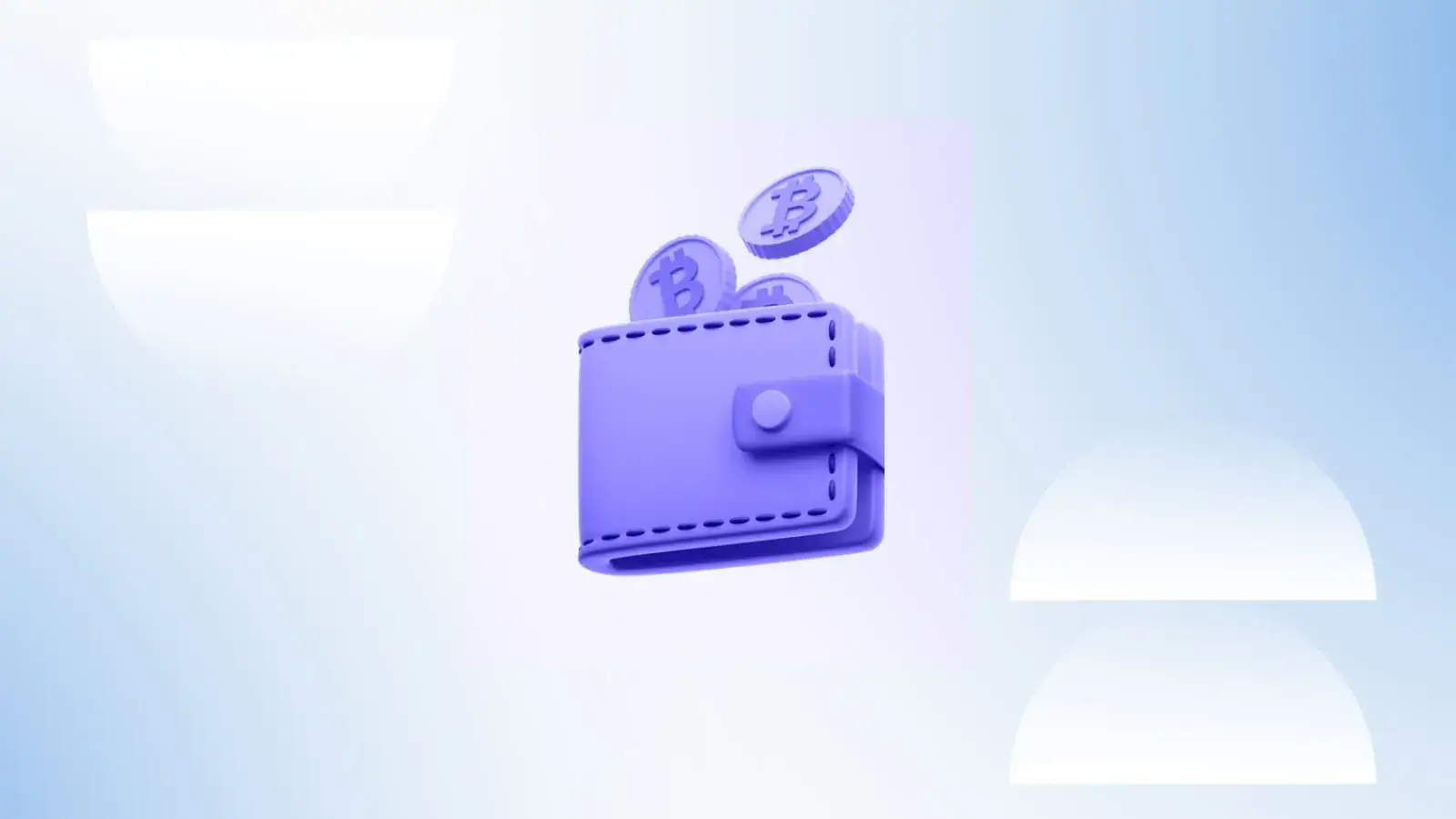Cryptocurrency has become a part of everyday life. Its storage is an important task, where choosing the right crypto wallet plays a key role. Different types of crypto wallets provide asset security at different levels and offer various access capabilities to funds. A deep understanding of wallet types and their features will help make an informed choice, minimizing the risks of loss or theft.
### What is a Crypto Wallet and Why Choosing It Is Important

A crypto wallet is a type of digital tool that allows you to store, send, and receive cryptocurrency. It protects private keys that grant access to assets on the blockchain. Choosing the right type of crypto wallet directly impacts the security and convenience of managing cryptocurrencies. Making a wrong choice can result in asset loss, emphasizing the importance of a conscious approach to this process.
### How to Choose a Crypto Wallet: Important Criteria
Several key aspects need to be considered. Firstly, security is crucial – different options provide varying degrees of asset protection. Next is support – if working with multiple cryptocurrencies is anticipated, a type of crypto wallet supporting many coins is necessary. Also taken into account are ease of use and transaction frequency. Not all offerings are equally suitable for storing large amounts of funds or daily operations.
### Hot and Cold Crypto Wallets: Which Type to Choose
A digital safe constantly connected to the internet and providing instant access to funds. This is convenient for those who frequently make transactions. Such a wallet can be in the form of a mobile application or web version. The advantage lies in ease of use and transaction speed, but it is vulnerable to cyberattacks. For large sums, the hot option is not the safest.
### Maximum Protection
Unlike hot wallets, cold wallets store keys offline, ensuring the highest level of security. They are ideal for long-term storage of large amounts of cryptocurrencies. However, such types of crypto wallets are less convenient for daily transactions, as accessing funds requires additional actions, such as connecting the device to a computer. This method is considered the gold standard of security.
### Types of Wallets: Hardware, Software, Online, and Offline Wallets

**Hardware: When Your Cryptocurrency Bank Is in Your Pocket**
Physical devices resembling USB flash drives. These types of crypto wallets provide a high level of protection because they are always offline. Devices like Ledger and Trezor use two-factor authentication and data encryption. Despite the need to connect to a computer to conduct transactions, hardware wallets remain the best choice for long-term storage of large sums.
**Software: Convenient, but Not Always Secure**
Applications for PCs or smartphones. They are popular due to their convenience, but not always secure as they can be vulnerable to hacking. Such storage solutions are convenient for working with small amounts and daily transactions but are not suitable for storing large assets.
### Online and Offline Wallets: Quick Access vs. Security
Online wallets provide easy and fast access to cryptocurrency over the internet. These solutions are particularly convenient for traders who make numerous daily transactions. However, this makes them vulnerable to hackers. Offline wallets, on the other hand, provide maximum protection as they are not constantly connected to the network. They are best suited for long-term storage, where security is more important than speed.
### Support for Different Coins: Universal Solutions
**Multicurrency Wallets: All Assets in One Place**
Such as Exodus and Atomic Wallet, allow storing various types of cryptocurrencies in one place. This is convenient for those who work not only with Bitcoin but also with other assets. These types of crypto wallets often offer intuitive interfaces and wide functionality. Supporting multiple coins saves time and effort, eliminating the need to manage multiple wallets simultaneously.
**Option for Storing Bitcoin and Other Assets**
For those working with multiple assets, it is important to consider the wallet’s compatibility with them. The best option is a type of crypto wallet supporting many coins, allowing efficient management of both bitcoins and other digital assets. The main criteria for choosing remain security, user interface convenience, and the ability to quickly access the coins.
### Choosing a Crypto Wallet for Your Needs: Best Solutions
Goals determine the choice. For those who frequently make transactions, hot wallets – mobile or online – will be the optimal choice. However, for long-term storage of large sums, cold wallets excel on all fronts. Hardware crypto wallets are the ideal type for those prioritizing security above all else, willing to compromise on convenience for the safety of their assets.
### Secure Crypto Wallet: Your Assets Securely Protected
It is important to choose a reliable option that can protect funds from cyberattacks. Cold and hardware wallets remain the safest option. The choice depends on how often the user plans to access their assets and how important quick access to funds is to them.

### Conclusion

As seen, the choice is a balance between usability and security level. Types of crypto wallets can significantly differ in functionality and reliability. Those seeking speed and convenience may consider hot wallets, while long-term storage requires the use of cold and hardware wallets. It is important to consider the user’s needs and goals to find the best offer that ensures protection and access to assets.
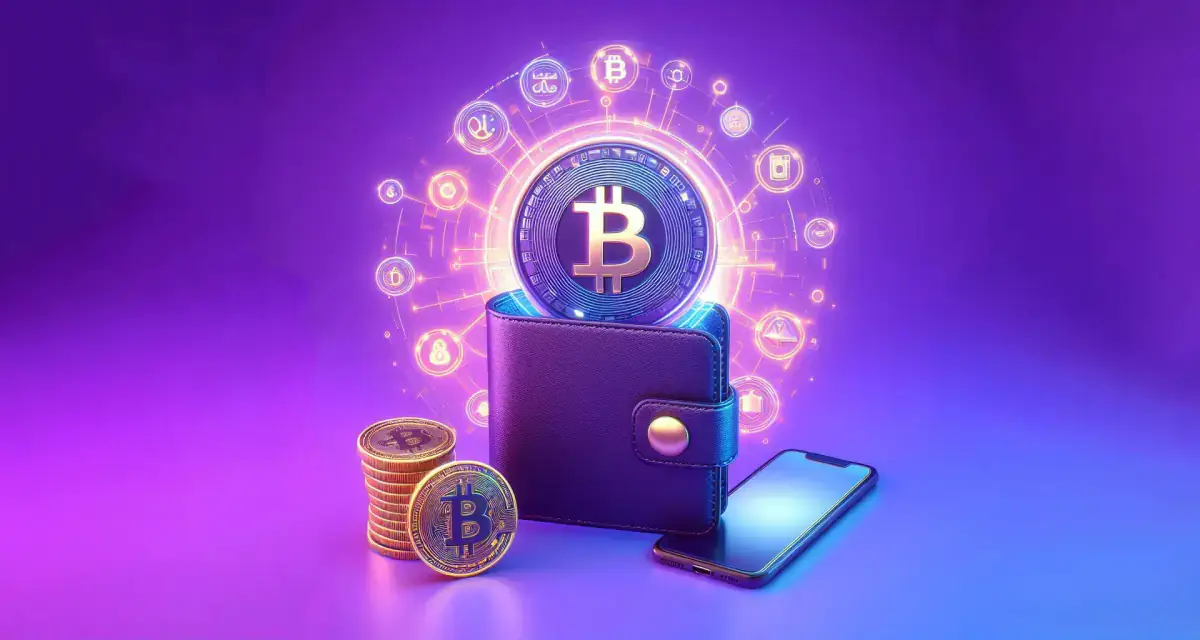
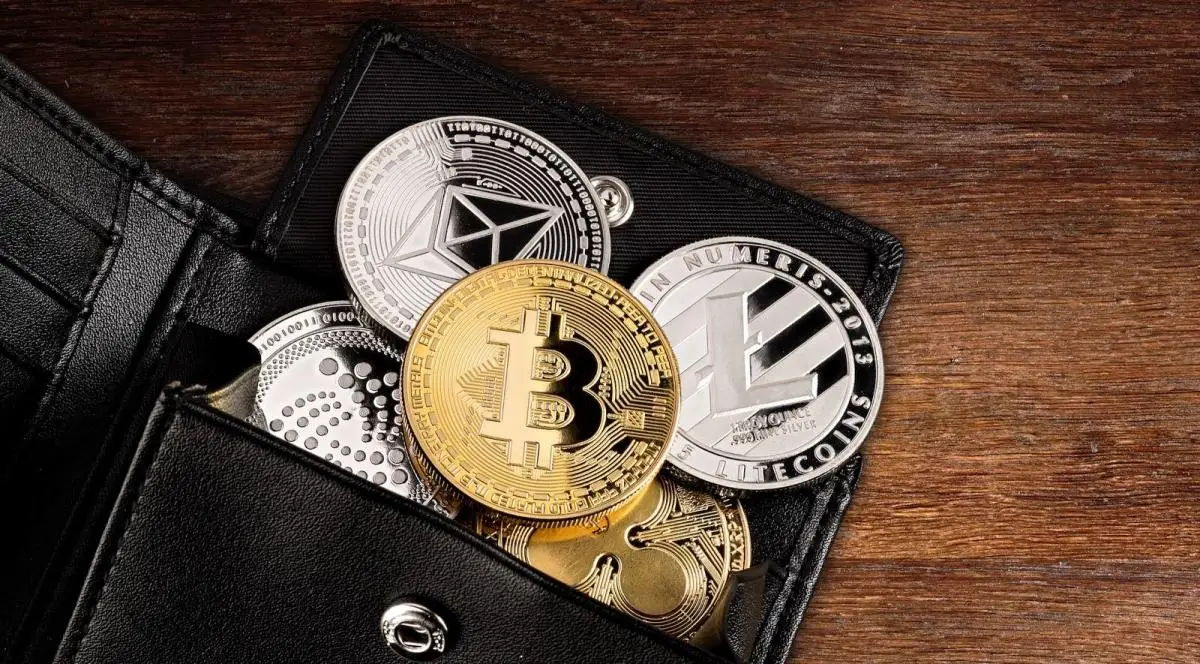

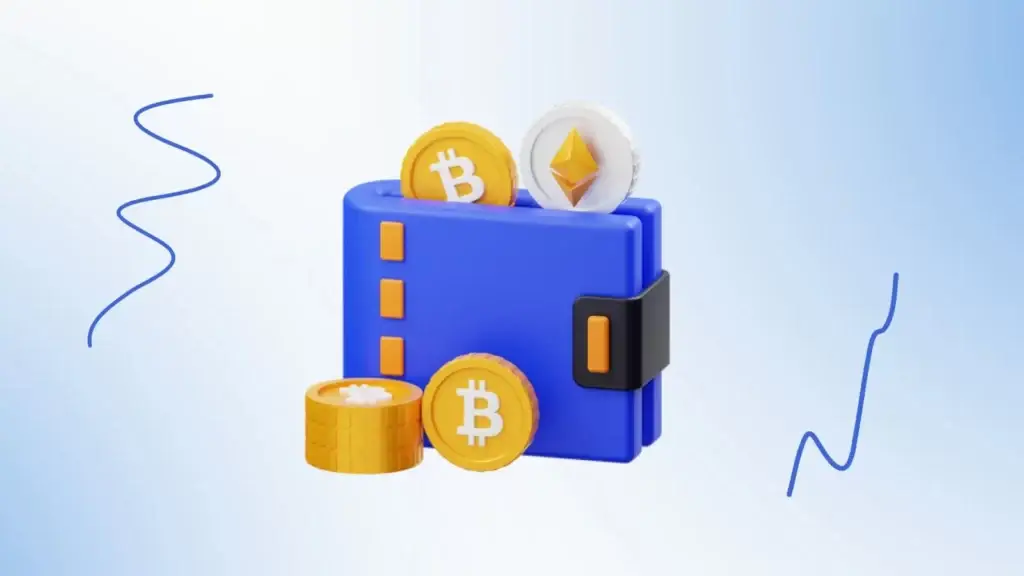 It provides the highest level of security for storing assets. This physical device is not connected to the internet, making it immune to hacker attacks. It can be compared to a digital version of a bank safe. Many major investors prefer cold wallets for long-term cryptocurrency storage as they guarantee maximum protection.
It provides the highest level of security for storing assets. This physical device is not connected to the internet, making it immune to hacker attacks. It can be compared to a digital version of a bank safe. Many major investors prefer cold wallets for long-term cryptocurrency storage as they guarantee maximum protection.
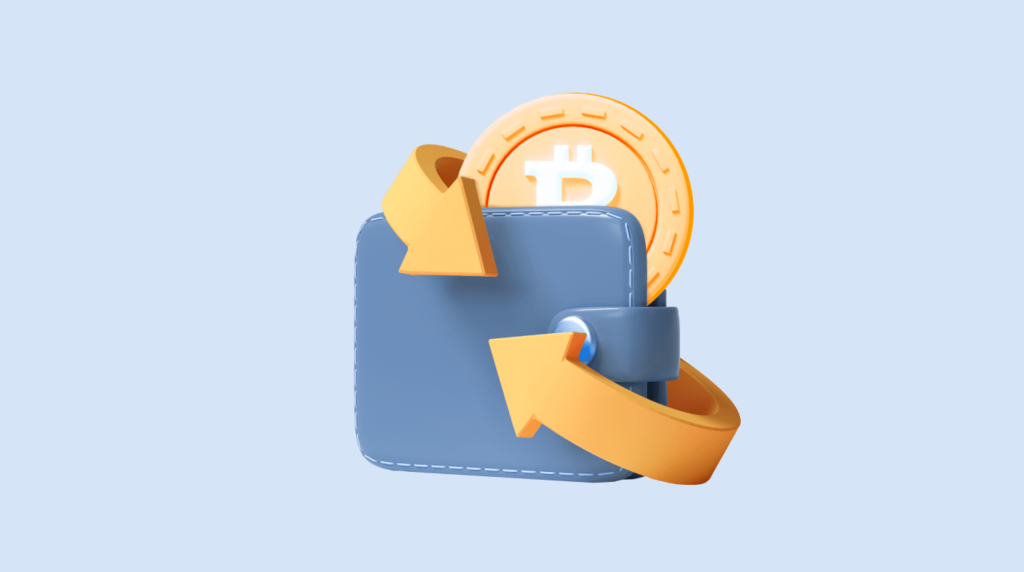 The modern world requires new approaches to financial management, and a crypto wallet becomes one of the main tools for those who want to remain independent of traditional financial systems. Whether a wallet is needed for Bitcoin, Ethereum, or for storing various cryptocurrencies, the right choice will ensure the security and convenience of asset management.
The modern world requires new approaches to financial management, and a crypto wallet becomes one of the main tools for those who want to remain independent of traditional financial systems. Whether a wallet is needed for Bitcoin, Ethereum, or for storing various cryptocurrencies, the right choice will ensure the security and convenience of asset management.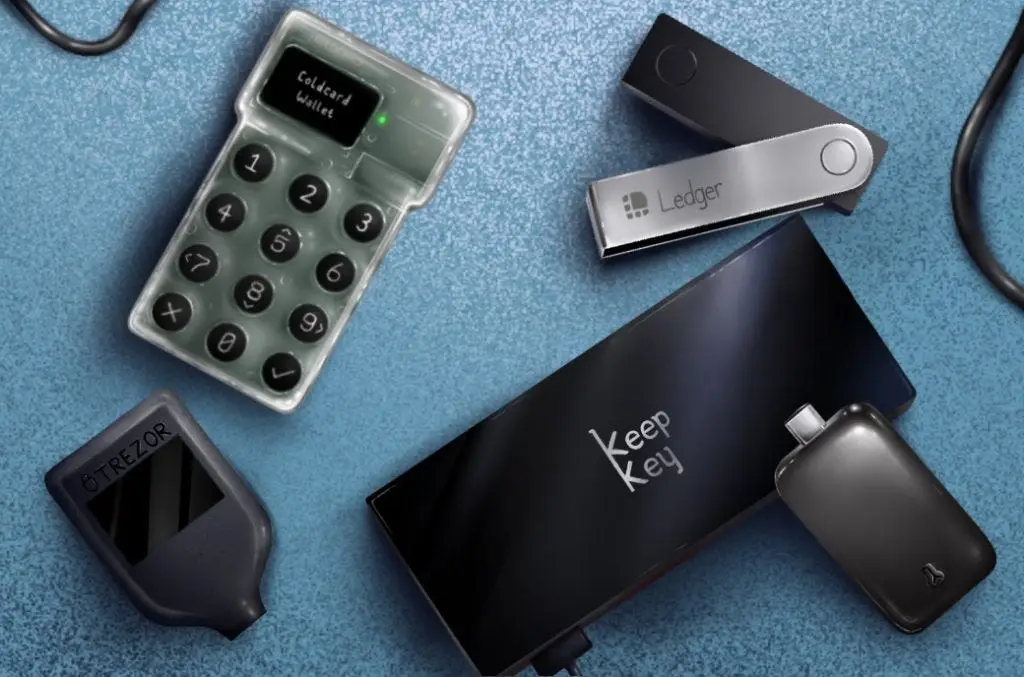

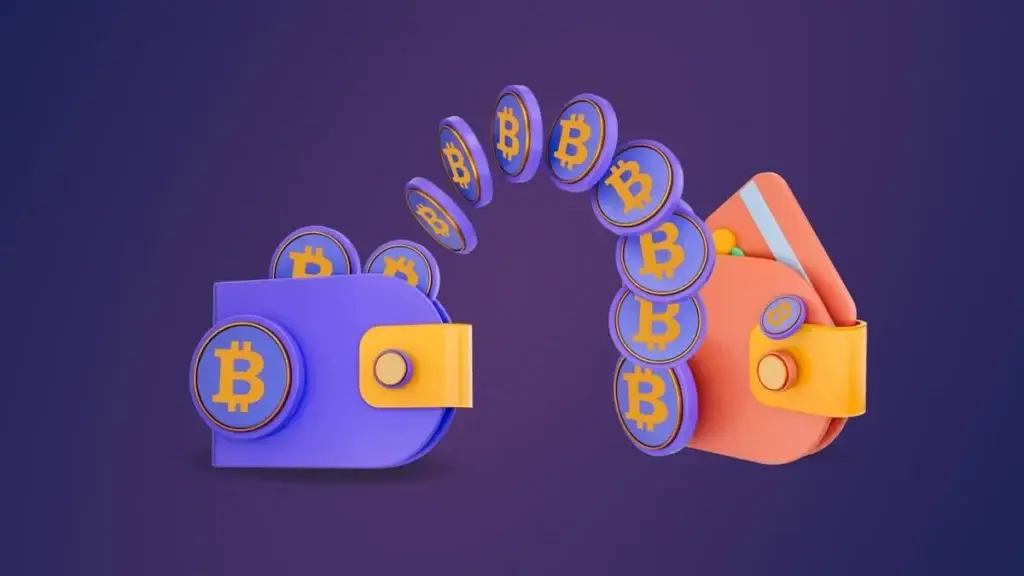 If your goal is to regularly use crypto, for example, for trading or purchasing goods, you need a wallet that will provide speed and transaction convenience. The advantages of hot cryptocurrency wallets are obvious: they are always connected to the network and can send and receive cryptocurrencies in seconds.
If your goal is to regularly use crypto, for example, for trading or purchasing goods, you need a wallet that will provide speed and transaction convenience. The advantages of hot cryptocurrency wallets are obvious: they are always connected to the network and can send and receive cryptocurrencies in seconds.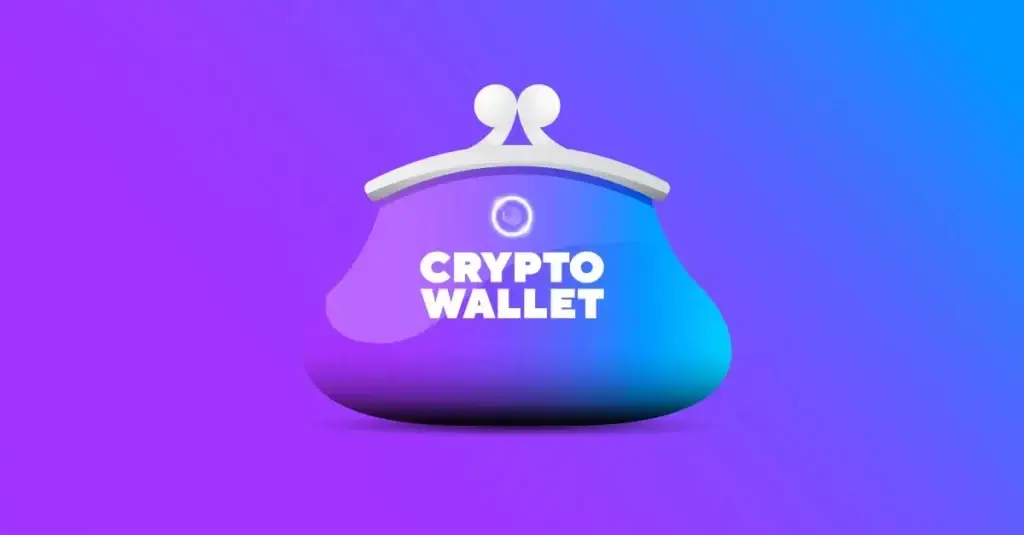 Which cryptocurrency wallet to choose? If security is more important to you, choose cold wallets like Ledger Nano X or Trezor Model T. These devices are cryptographically secured at the highest level and are ideal for long-term storage of large sums. For active users who regularly make transactions, hot wallets like Exodus or Electrum are suitable, ensuring convenience and speed.
Which cryptocurrency wallet to choose? If security is more important to you, choose cold wallets like Ledger Nano X or Trezor Model T. These devices are cryptographically secured at the highest level and are ideal for long-term storage of large sums. For active users who regularly make transactions, hot wallets like Exodus or Electrum are suitable, ensuring convenience and speed.

